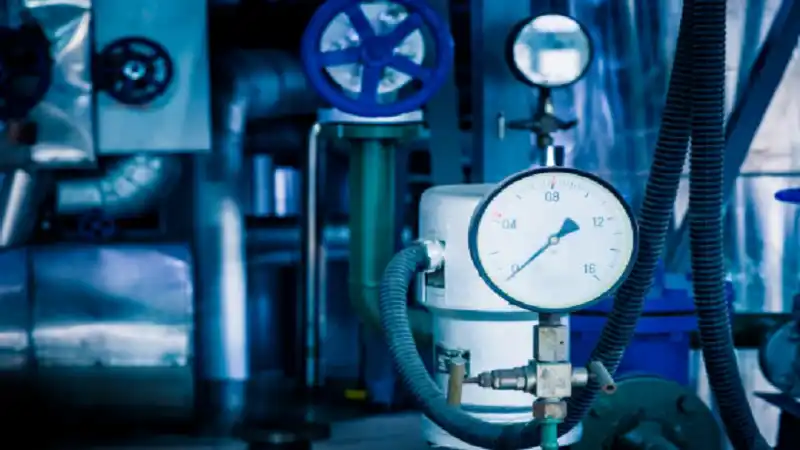A good pressure regulator keeps gas or air at the right level so machines work safely. This article explains the clear signs of an electronic pressure regulator in simple words. You can read quickly and understand how to pick one.
Why Accuracy Matters
When pressure stays steady, tools work better. A high accuracy electronic pressure regulator keeps the pressure where you want it. That avoids mistakes and saves parts from breaking.
Easy Control and Response
Look for a regulator that changes quickly when you ask. A good proportional pressure regulator reacts fast and moves to the right pressure without wobbling. This type of fast response helps in labs, factories, and air tools.
Clear Display and Simple Buttons
Choose a model with a plain screen and simple buttons. It’s so easy to operate that even a child can see numbers and know if the pressure is high or low. Bright lights and busy menus make reading harder. So, try to select the one with a simple and user-friendly interface.
Stable Output Over Time
A reliable electronic proportional pressure regulator always delivers smoother pressure, no matter what the conditions are. If the temperature is too hot or cold, it still gives a stable output. This way, your checking time reduces, which also makes you relaxed.
Low Air Use and Clean Flow
A top regulator uses little extra air to work. It also lets the air flow smoothly, so the machine gets what it needs. This helps lower the wastage and save energy. If the airflow stays clean, sensitive equipment remains protected for a longer time.
Easy Setup and Calibration
Good products include short setup steps and a simple calibration. People should follow a few clear steps and get accurate results. If you select a setup that involves lots of steps, this might slow down your overall workflow.
Strong Safety Features
A good regulator always comes with safety features, just like a stop and alarm feature, which can protect both people and machines. A strong electro pneumatic regulator will warn if the pressure goes very wrong. Safety features keep the workplace safer and calmer.
Durable Parts and Simple Repair
Parts that last mean less time fixing things. A regulator with easy-to-replace parts saves money. If a part wears out, it should be simple to change without special skills.
Good Communication Options
Modern regulators have the ability to interact with other machines. Look for common signals and ports so a regulator can join a control system. This makes it easy to check or change pressure from a distance.
Small Size and Mounting Choices
A compact regulator fits well in small or tight spaces. Flexible mounts let you place the regulator where it works best. Their small size and light weight also make them quick and easy to install.
Simple Example
Imagine a small factory using air tools. If the regulator keeps pressure steady, tools last longer and products match each other. A high accuracy electronic pressure regulator keeps numbers steady, so every part looks the same. This way, workers will check less and focus on other tasks. This saves time and makes work calm.
Why the Right Fit Helps
Pick a regulator that matches the job. For fast control, choose one rated for quick response. For steady output, pick stable models. So, pick the regulator by analyzing your needs.
Final Check List
- Quick response and steady output.
- Simple display and controls.
- Low air use and clean flow.
- Safety alarms and stopping options.
- Easy to repair and set up.
- Good communication ports.
- Size and mounting options.
Use this checklist when you shop so you choose the regulator that fits your work, saves time, lasts longer, and reduces stress.
Conclusion
A careful choice makes machines work better and keeps people safe. If you check the features above, you will find a regulator that fits your use. Remember that a high accuracy electronic pressure regulator makes control simple and steady. See more

